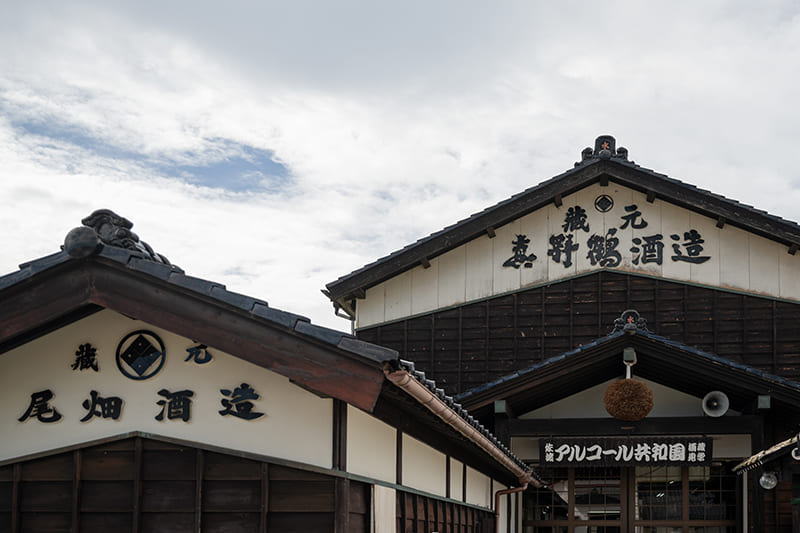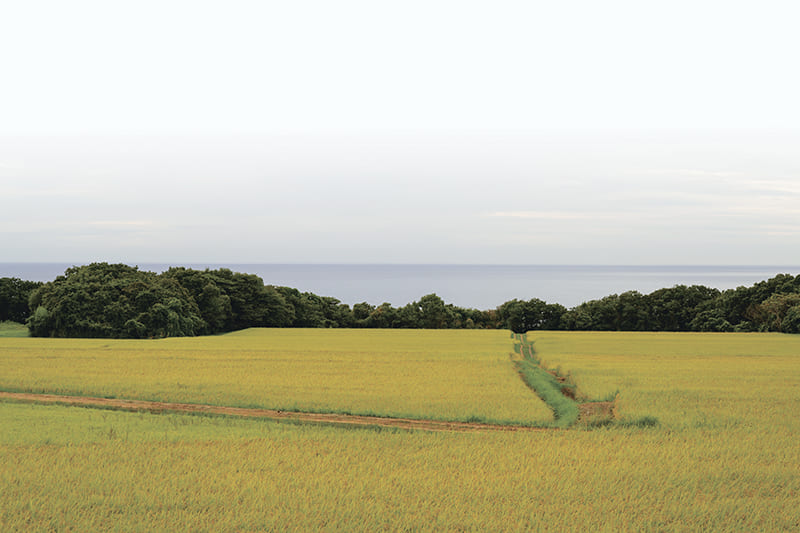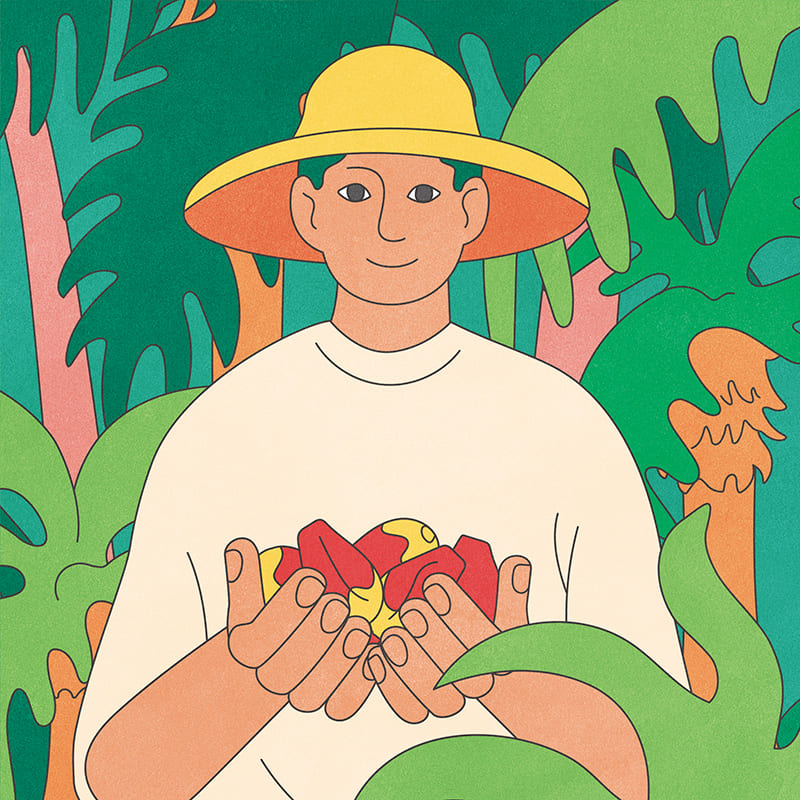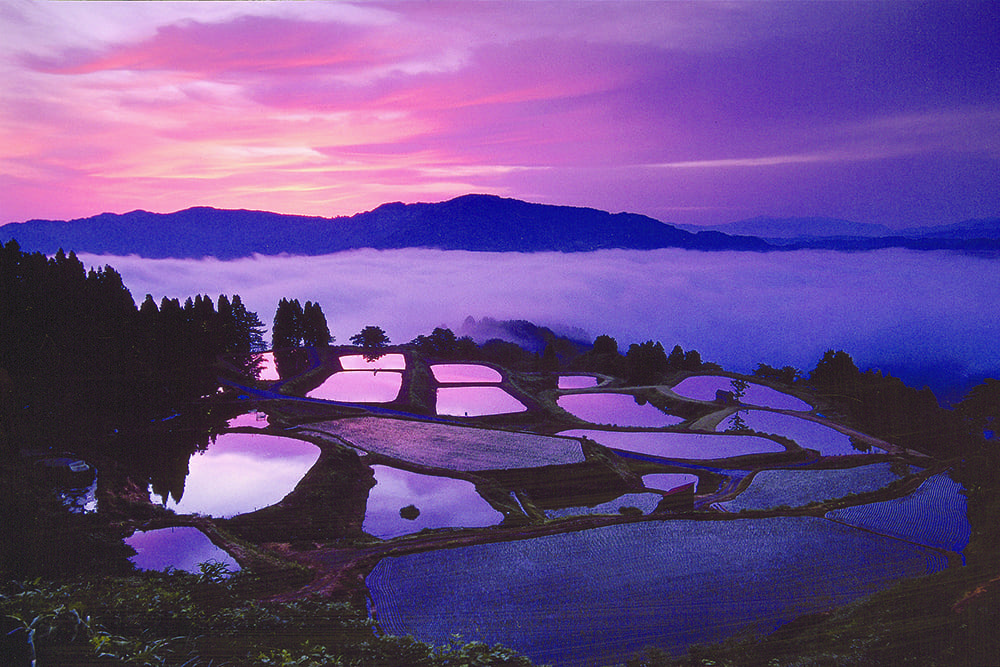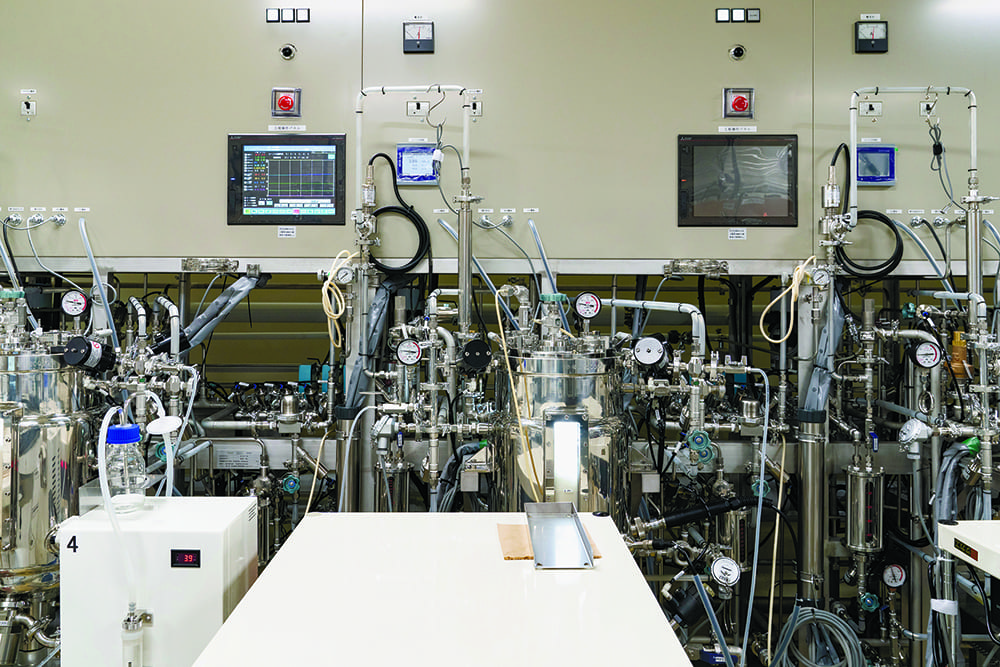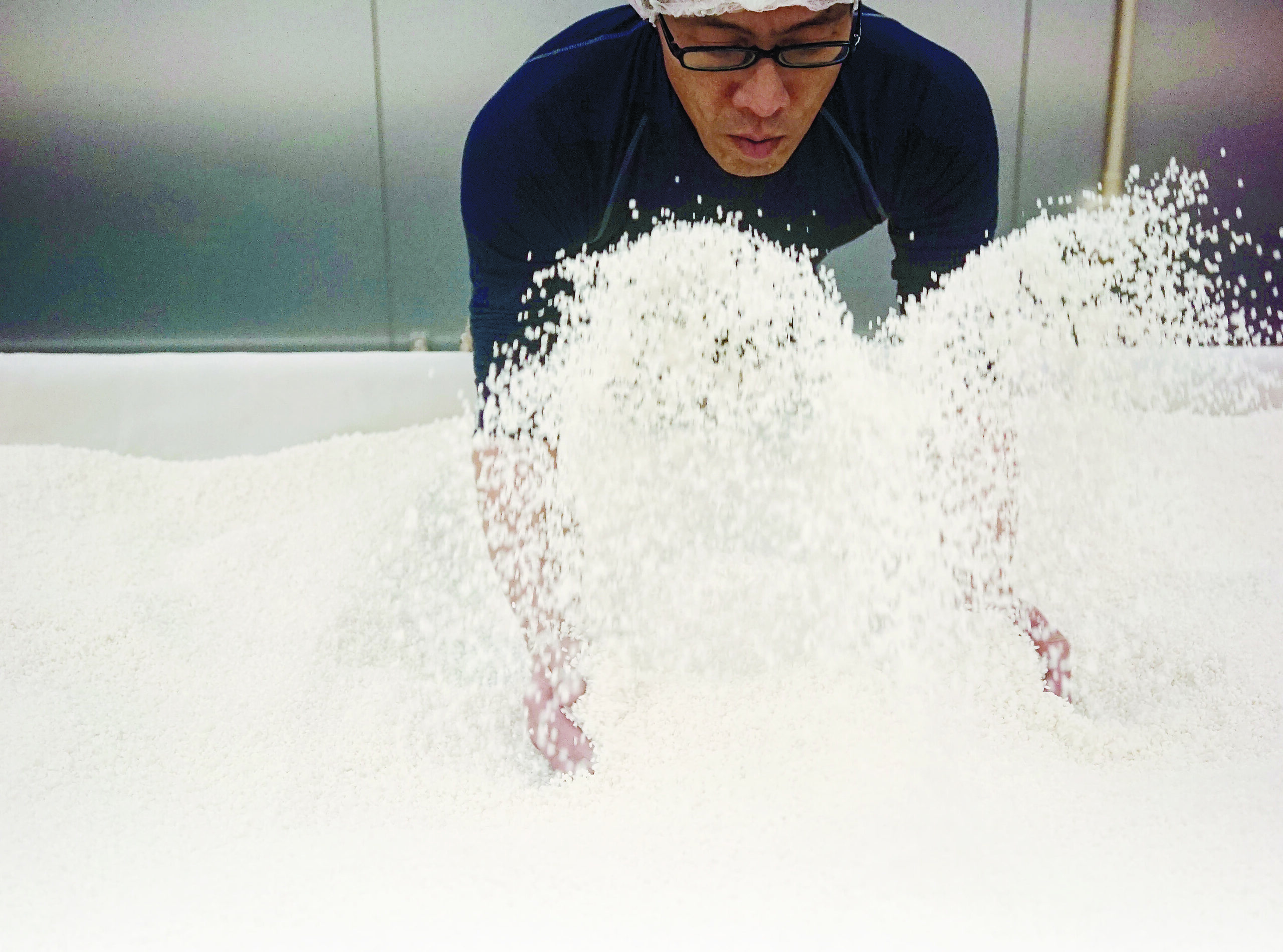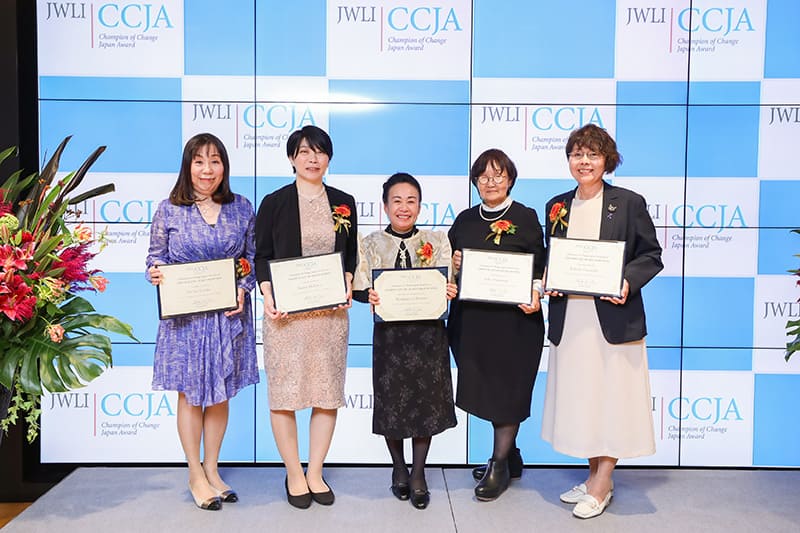June 28, 2021
‘Fermentation designer’Hiraku Ogura on the future of food culture
Page 4
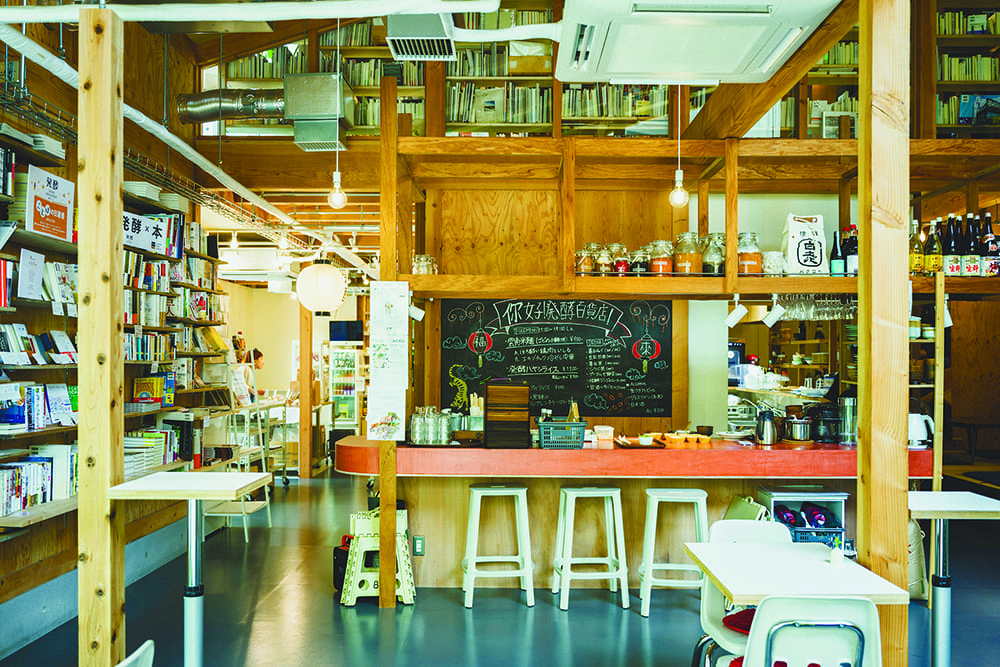
PHOTO: JUNYA IGARASHI
“Fermented foods have preserved local landscapes.”
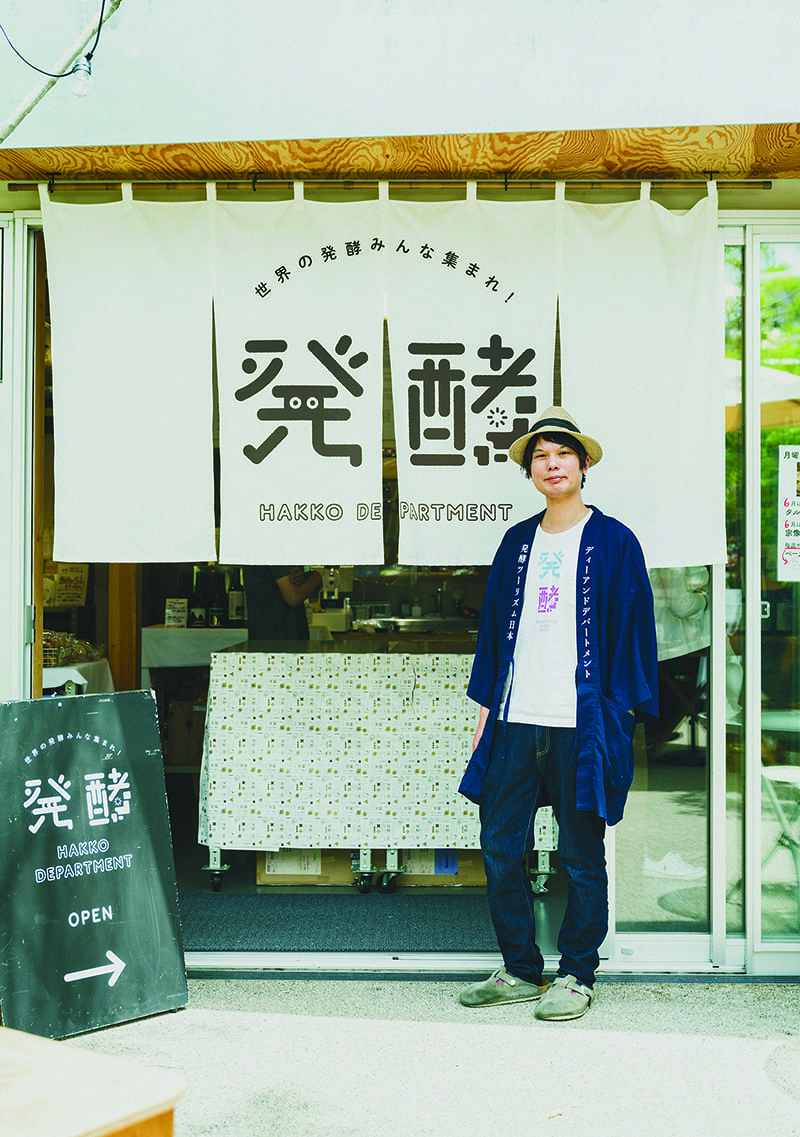
PHOTO: JUNYA IGARASHI
So says Hiraku Ogura, the self-proclaimed “fermentation designer” who sings the praises of fermentation both at home and abroad. Originally an art director, he first became acquainted with the world of microorganisms after doing a design job for a maker of fermented drinks. Since then he has published books such as “Fermental Cultural Anthropology” and “Fermentation Tourism Nippon” that set off a boom in fermented foods in Japan, and in 2020 he opened Hakko Department, a shop and restaurant in Shimokitazawa that specializes in fermented foods from around the country. Ogura, an expert in modern Japanese fermentation culture, calls fermentation “a sustainable cultural mechanism that has continued for 1,300 years.”
According to Ogura, there are three reasons for this longevity. The first is that the culture of fermenting things is deeply connected to local ecosystems. “The primary ingredients in fermented foods are always the locally occurring produce. If most modern manufacturers have tended to exploit the resources of the land, fermentation is the opposite. For example, to produce the rice that is fermented to make sake or soy sauce, the quality of the local soil and water are crucial. Likewise, with sake brewing, you can’t just relocate a sake brewery to a new location, because of the countless bacteria that live within its distilleries. To make a popular sake you actually have to contribute to the agriculture and environment of the local area. Recently, organic rice is more highly valued than regular rice, and so production methods not reliant on chemical fertilizers are required. The same is true for vineyards: In regions where the people practice fermentation there will be less fallow land and the landscape will be better preserved. Fermentation is the result of repeated efforts to make the best, most sustainable use of an area’s resources.”
The second factor is the “upcycle” nature of fermentation. “Decomposition and fermentation are closely related, but fermentation uses the action of microorganisms to transform something that would otherwise be harmful to humans into something useful. For example, there is a popular deodorant called Kie~ru (https://kankyo-daizen.jp/) that actually came out of an attempt to solve a problem faced by livestock farmers. By chance, this 100 percent natural deodorant emerged as a derivative of a process involving the use of lactic acid bacteria to purify the harmful substances coming from livestock urine in Hokkaido. Fermentation techniques using the power of natural cycles like this could well be utilized in other fields as well.”
The last important point is fermentation’s deep connection with food culture, which is inherently accessible to all. “Fermentation has deep historical and philosophical connections to the land, but at the same time it is also relatable through the simple word ‘delicious!’ At my shop, some people are attracted to the philosophical element of fermentation and they buy books, but there are also many locals of all ages who come by to pick up their daily soy sauce or miso. Through the shop, I can communicate with men and women of all ages without going into the philosophy or aesthetics. When you think about it, a lot of the human rights or environmental issues now considered sustainable development goals have become difficult to discuss without a certain level of literacy and education. But with fermentation it all comes back to that physiological sense of being good to eat. And then there are the vernacular tastes that evolved independently in each region. This idea of being able to ‘participate’ in fermentation regardless of your level of understanding is another reason it has continued for so long as a culture. And that’s why it’s lasted for more than 1,300 years.”
Nowadays in Japan, the number of young fermenters of Ogura’s generation is increasing. As they explore this ancient food culture that has coexisted with the natural ecosystem for over a thousand years, they will continue to innovate, and the cultural scene surrounding fermentation will thrive and become even more interesting in the future.
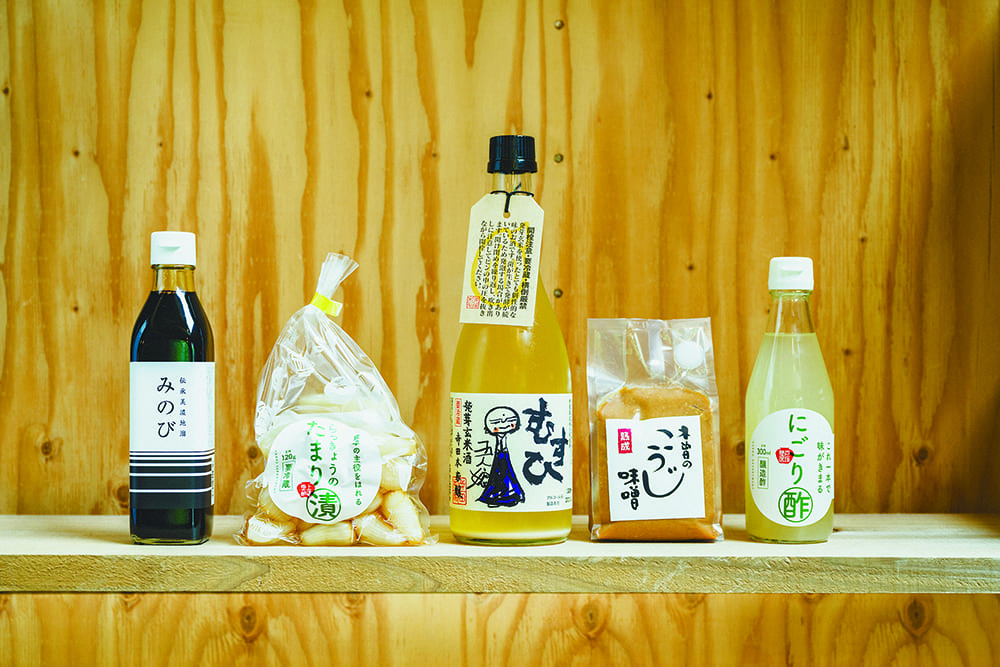
Rakkyō tamarizuke pickled leeks, with a fine balance of umami and acidity, are the perfect accompaniment to orange wine.
Gonin Musume, from Terada Honke, is a sparkling sake made by fermenting brown rice with lactic acid microbes. It can be enjoyed like natural wine and has a complex and slightly acidic taste.
Kōji miso is a miso with an uncanny cheese-like flavor. It can be added to pasta sauce or enjoyed with cheese and is great with red wine.
Nigori su is an unrefined vinegar made from rice that brings out flavors without the need for salt. It is great for those wanting to reduce their salt intake.
PHOTO: JUNYA IGARASHI
発酵デザイナーが語る、発酵文化のこれから。
「発酵食品は地域の景観を守り続けている」と、発酵デザイナーの小倉ヒラク氏。『発酵文化人類学』『日本発酵紀行』を出版し、2020年には発酵食材を集めた「発酵デパートメント」を東京・下北沢にオープン。現代日本の発酵文化に精通する彼は「発酵とは1300年続くサスティナブルな文化装置」と語る。
小倉氏によれば、そのポイントは3つある。1.土地の生態系と深く結びついていること。「発酵文化が栄えた地域ほど、耕作放棄地が少なく、景観が守られ続けています」。2.発酵の持つアップサイクルの性質。「微生物の働きで有益なものに還元するのが発酵技術。例えば消臭剤「KIE~RU」。これは畜産農家の悩みを解決する過程で生まれた、家畜のし尿から出る有害物質を乳酸菌の力で浄水処理する技術を応用したものです」。
3つめのポイントは、誰にでも開かれた食文化と言う点だ。「『おいしい!』という一言で人と人がつながることができる。地域の文化・コミュニティを育み、継続、発展できます」。
Return to Sustainable Japan Magazine Vol. 1 article list page

